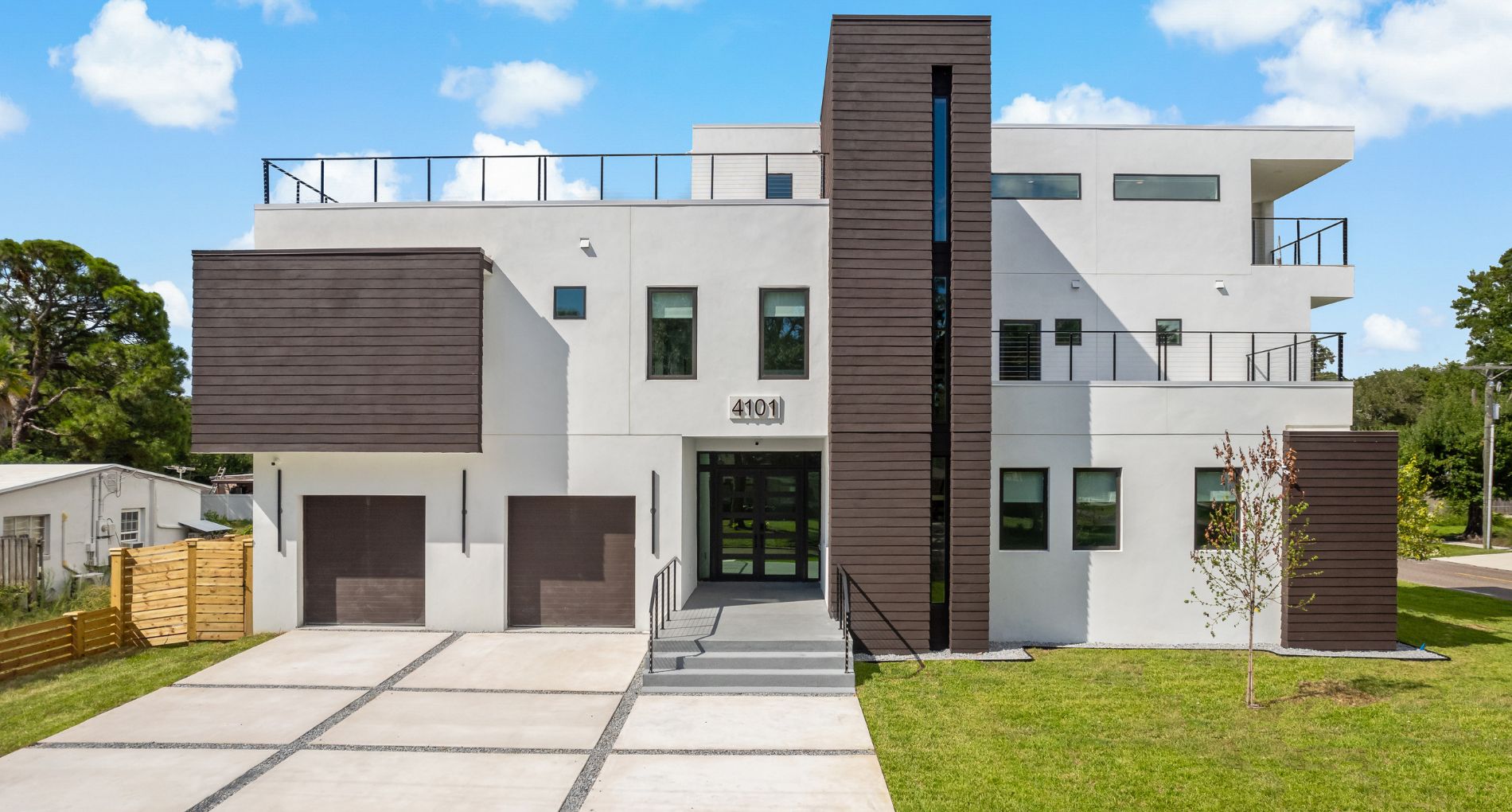The Homeowner’s Guide to Hiring Every Expert on Your Design Team
Creating your custom home is exciting, but assembling the right design team is paramount to a successful project. We may be biased when we say the construction manager should be your initial point of contact. However, understanding the roles of everyone on the project can help you discover how they can affect your building costs, project timelines, and the quality.
Hidden costs of hiring the wrong roles
We regularly meet with potential clients that proudly boast about how much they saved by finding a draftsman online. Yet when we explain how much more it would cost them to have those drawings redrawn by someone licensed and insured for their region’s permits, they give us a look of disbelief.
Hiring an unqualified but inexpensive draftsman can result in additional costs when you hire someone to fix their mistakes, or worse the additional costs incurred during construction when you don’t fix their mistakes.
Draftsperson versus architect
While a draftsperson and architect may sound like they have similar responsibilities, they offer different contributions to your project. In general, a draftsperson will prepare drawings that will be detailed enough to get you a permit. An architect will prepare detailed drawings from which you can build the project, without the need for additional information, site instruction, or change orders.
The difference in detail can impact construction, potentially leading to change orders and added costs. Whether these added costs outweigh the savings is a risk you’ll need to assess.
Here’s an important aspect to consider: draftspersons must design substantially more projects to make the same living as an architect, because of the level of fees charged. Therefore, they have to spend less time on each project, potentially missing essential details.
Engineers and other consultants
The designer requires a site survey that defines boundaries and includes topographical and tree surveys. For properties in flood zones or near bodies of water, additional surveys like elevation certificates or high-water marks may be necessary.
A geotechnical engineer will review soil tests and record any underground conditions that could affect the structure. Based on the results, the geotechnical engineer will recommend an appropriate foundation.
The structural engineer will review the architect’s design and geotechnical report, calculate forces and loads, and ensure the project’s structure will comply with building codes from the state. A good structural engineer for custom homes will consider the conditions affecting each individual project separately, rather than using a carbon copy of details from their last projects.
The last component for permitting for a custom home is the energy calculations from an energy consultant. Most municipalities require these, and at the end of the project they perform a blower door test to validate that the project complies with the energy calculations.
From foundations to finishes
Those five consultants are essential to gain a permit and provide enough detail to build the home to a high standard. Once there is enough information for the permit, other experts can ensure the completed project functions for your family and captures the envisaged style for your home.
We strongly recommend involving a mechanical, electrical, and plumbing (MEP) engineers, especially for custom homes. Their expertise helps ensure accurate subcontractor bids and prevents costly changes during construction. This is particularly important when navigating complex structural elements that cannot be altered.
Last but certainly not least, we consider an interior designer to be essential for a custom home.
As a homeowner, you’ll find hundreds of selections for the products and features within the new home. Then there are hundreds, if not thousands, of ways to install these.
Your construction manager needs someone to provide these details, in a form that can be understood by plumbers, electricians, tilers, carpenters, cabinet makers, countertop fabricators, appliance installers, painters — actually, everyone involved in any finish elements.
This well-rounded team is your best chance for a successful project, but their synergy is equally vital. The construction manager should serve as the linchpin, coordinating discussions and meetings to ensure seamless information exchange. They must overlay and compare drawings, identifying potential challenges, clashes, and missing data. In this way, even minor changes are communicated effectively, ensuring that every trade partner and supplier contributes cohesively to building your dream home.
The more experts you have working together, the better the chance of success. But this is a very imperfect profession and when every project undertaken is a prototype, expect the unexpected.
If you want to know more, please reach out to our team for a free consultation.
– Simon Amesbury
